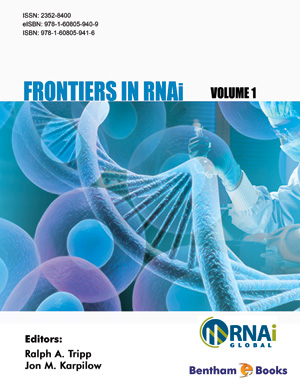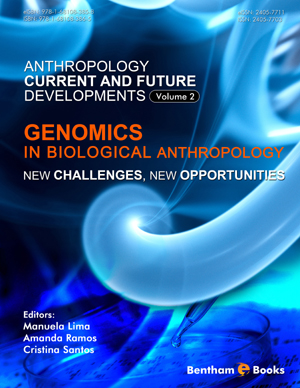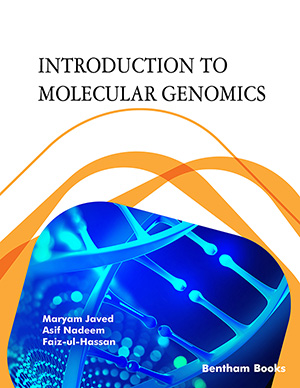Abstract
The human genome must be tightly packaged in order to fit inside the nucleus of a cell. Genome organization is functional rather than random, which allows for the proper execution of gene expression programs and other biological processes. Recently, three-dimensional chromatin organization has emerged as an important transcriptional control mechanism. For example, enhancers were shown to regulate target genes by physically interacting with them regardless of their linear distance and even if located on different chromosomes. These chromatin contacts can be measured with the “chromosome conformation capture” (3C) technology and other 3C-related techniques. Given the recent innovation of 3C-derived approaches, it is not surprising that we still know very little about the structure of our genome at high-resolution. Even less well understood is whether there exist distinct types of chromatin contacts and importantly, what regulates them. A new form of regulation involving the expression of long non-coding RNAs (lncRNAs) was recently identified. lncRNAs are a very abundant class of non-coding RNAs that are often expressed in a tissue-specific manner. Although their different subcellular localizations points to their involvement in numerous cellular processes, it is clear that lncRNAs play an important role in regulating gene expression. They have been shown to bind several ribonucleoprotein complexes including the polycomb repression complex, which modify chromatin epigenetically by transferring histone marks, but how they control transcription however is mostly unknown. In this review, we provide an overview of known lncRNA transcription regulation activities. We also discuss potential mechanisms by which ncRNAs might exert three-dimensional transcriptional control and what recent studies have revealed about their role in shaping our genome.
Keywords: Chromatin, chromosome conformation capture, epigenetics, gene regulation, histone marks, non-coding RNA, polycomb repression complex, ribonucleoprotein complex, three-dimensional chromatin organization, transcription.


















